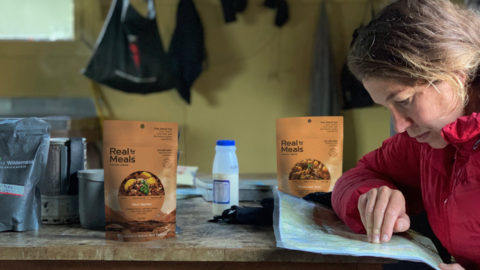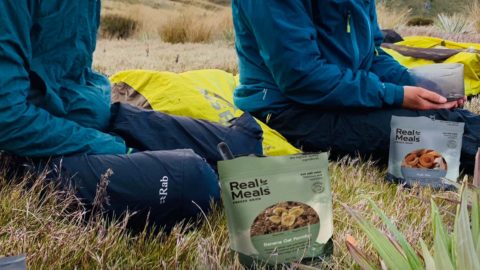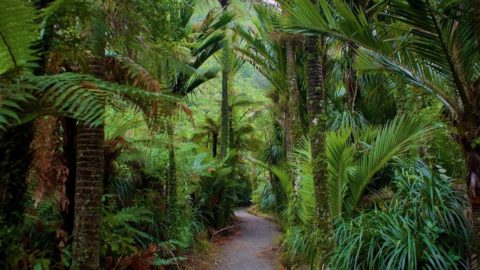Life at Mount Arapiles in Australia is that simple. You eat, you climb, then you eat again, once you’ve finished climbing. There’s some sleep mixed in too. My 14-year old son Zefa loves climbing and last summer in New Zealand while climbing in Golden Bay, he made the comment that we don’t do enough climbing, as in our family there are a number of adventure sports that compete with one another for time. Later that same day we bumped into some climbing friends who casually mentioned they were going to Arapiles in May and we’d be welcome to join them. We booked flights that night. It was our first trip so we were naturally excited and did some research to find out what we needed and how it worked.

Simplicity, I love it. Fly to Melbourne, drive 3-hours to Arapiles, set up a tent in the Pines Campground, sleep, eat and climb for 10-days.
Arriving at Arapiles it’s easy to be unimpressed, the approach is flat plains, mainly wheat fields, with occasional dried salt pans, then as you get close, there is an island of rock that breaks the horizon, it doesn’t look all that big. This is mainly because as you approach you only see one end, the narrow end. Once on the ground, and for the entire rest of the trip, Arapiles delivers, by continuously opening up and exposing the mega-ness of it all. To offer more scale, the guidebook contains 1200 of the 3000+ climbs!
It’s obvious that the crag is popular for many reasons, the camping, the accessibility to so many climbs, the scenery – it’s a magical place, and the fact that the range of climbs suits all climbing abilities. It’s all natural protection traditional climbing, so if you like gear (cams, wires, hexes) it’s a treasure of trove of clinking and clanking, as climbers wander by and scale walls jingling and jangling. It’s also famous for multi-pitch routes. Zefa and I had not done any multi-pitch climbs before but after a few days we were climbing 7-pitch routes topping out at 150-metres on the Watchtower Face.

Life there was blessed in it’s simplicity, a routine one could easily adjust to. You wake in your tent, the nights are cool so sleeping bags are zipped up. You have breakfast as the sun rises, with the guidebook balanced on your lap making a plan for the day. Harness on, rope, rack and off you go. Big wall climbs could take between 2 and 6-hours, mainly the latter, then it’d be return to camp for a later lunch, typically around 3pm. Then it’d be a short stroll to a single pitch climb for the rest of the day, often swinging around on a top rope solving a challenging move. Sun sets, back to camp, stoke the campfire, eat and sleep. Repeat if necessary.











